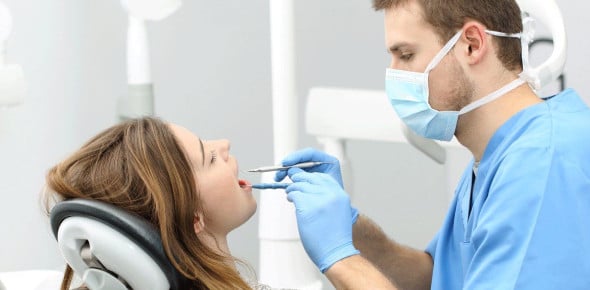Dental Afis, Cpgs, Dois
- AFI
- CPG
- DOI
2.
You may optionally provide this to label your report, leaderboard, or certificate.
Submit
Submit
Submit
Submit
×
Thank you for your feedback!
















